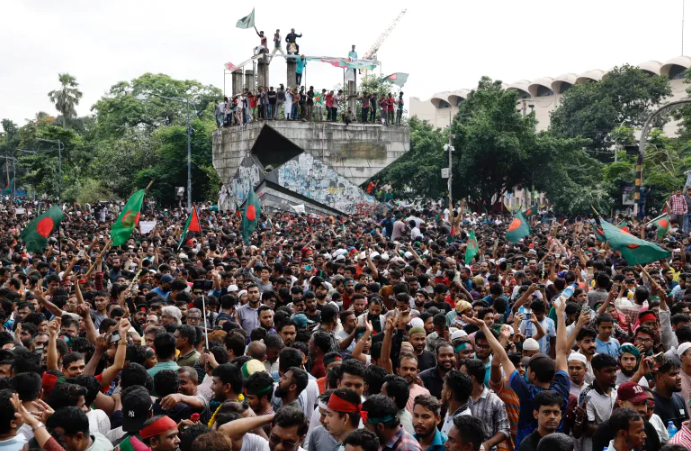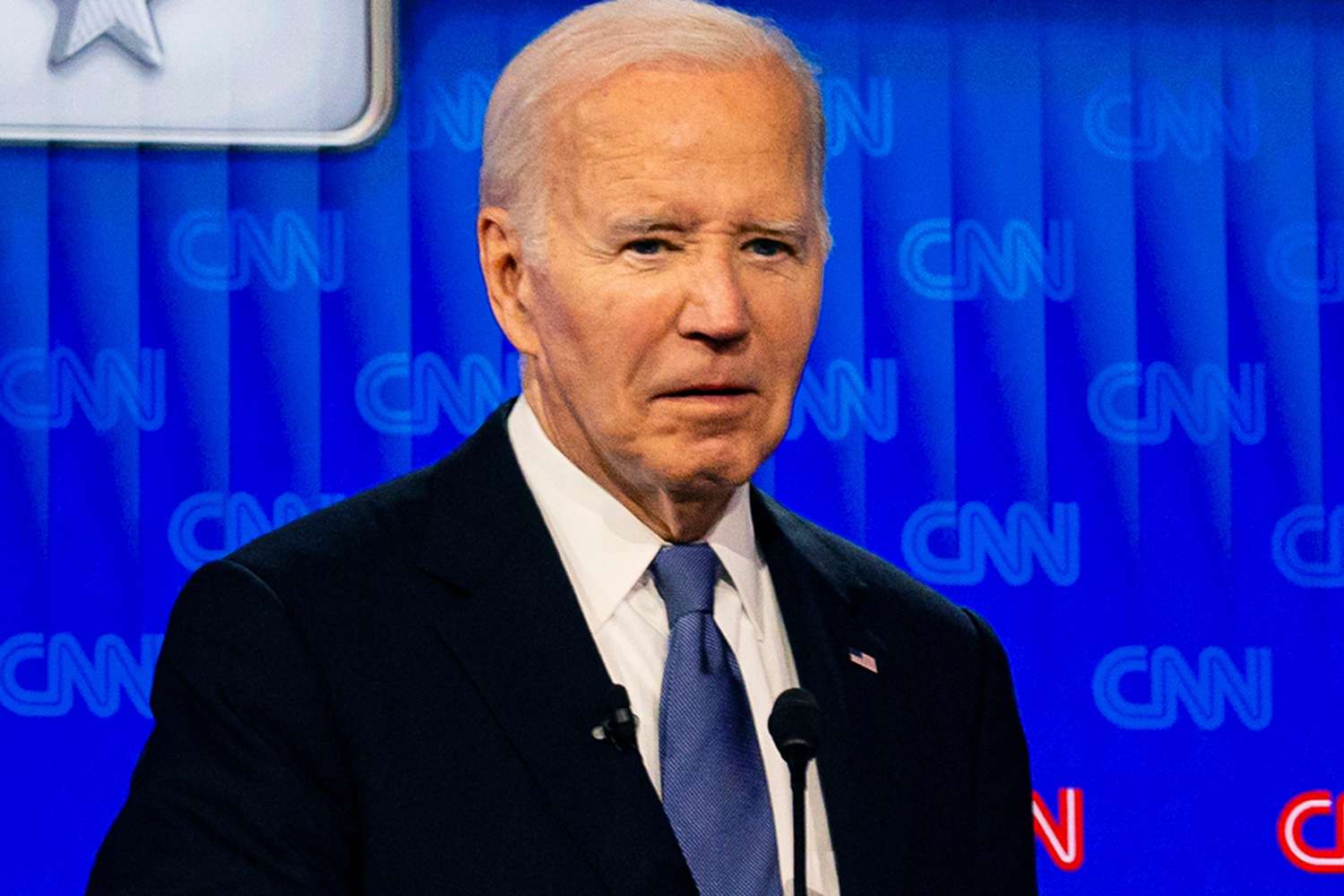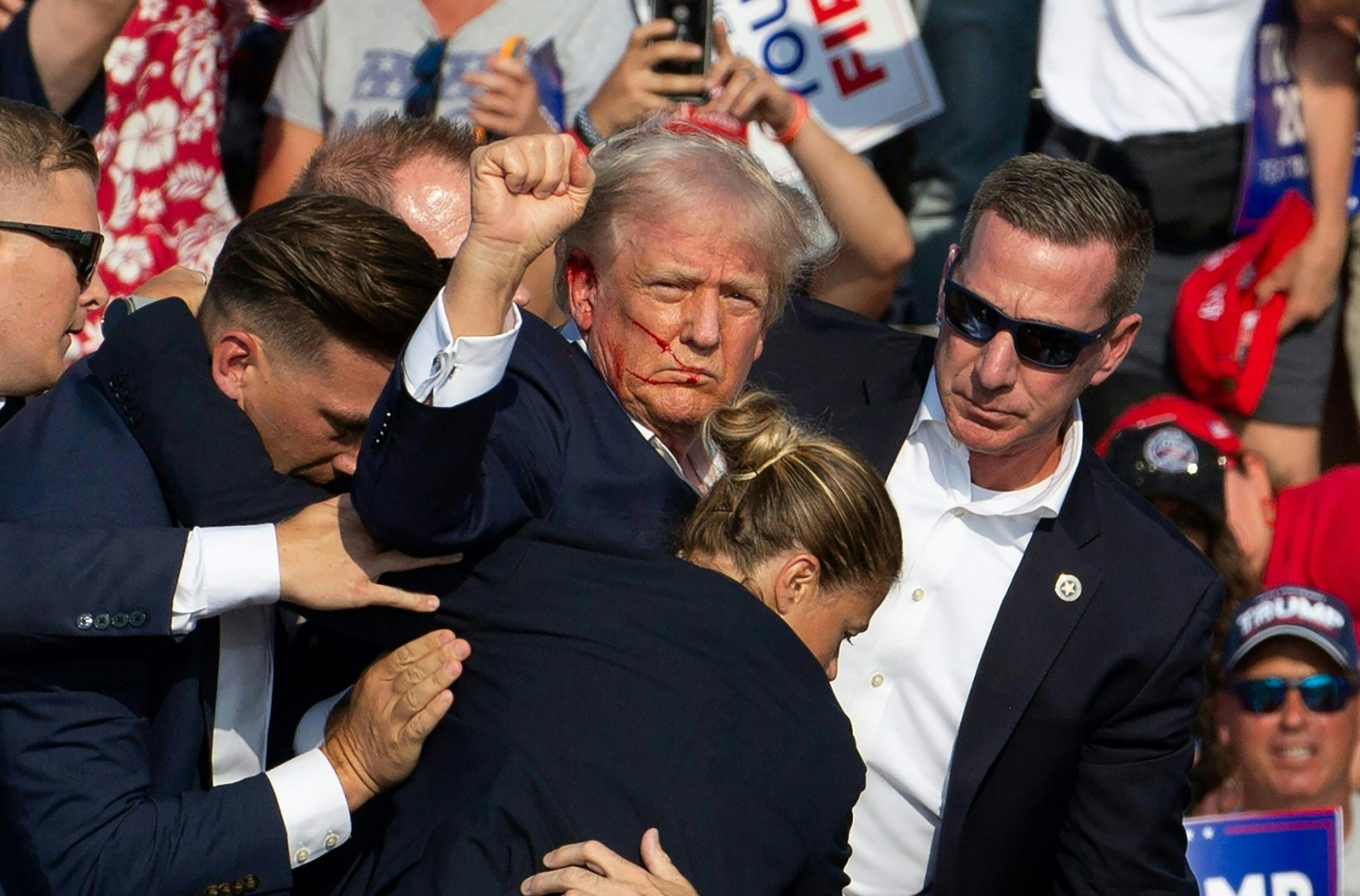
Assassination attempt on former US president Donald Trump unleashed a firehose of contradictory misinformation
Barely minutes after the shots had rung out, the assassination attempt on former US president Donald Trump unleashed a firehose of contradictory conspiracy theories that highlight a highly polarised political landscape ahead of elections in November.
The 78-year-old was rushed off stage with blood streaked across his face after the shooting at a political rally in Butler, Pennsylvania, on Saturday that also killed a spectator and critically injured two others.
Unsubstantiated claims that the shooting was “staged” and the blood was “fake”, as well as a doctored photo of his security detail smiling just moments after the incident are just some of the unfounded theories that flooded social media.
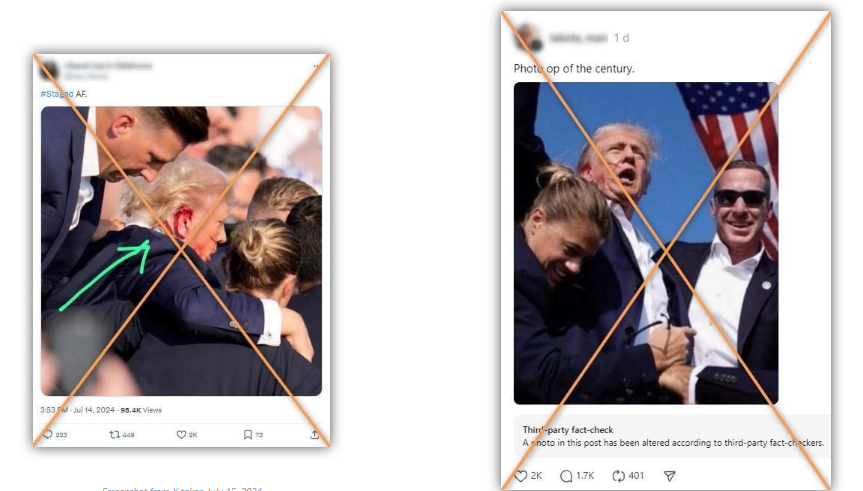
The stunning attack has supercharged political tensions — and disinformation — in an ahead of the presidential election, analysts warn, with rampant speculation and conspiracy theories coming from both sides of the political aisle.
‘No one is immune’
Social media users also widely circulated photos of two individuals, falsely identifying them as the suspected shooter before authorities released the name of the alleged attacker.
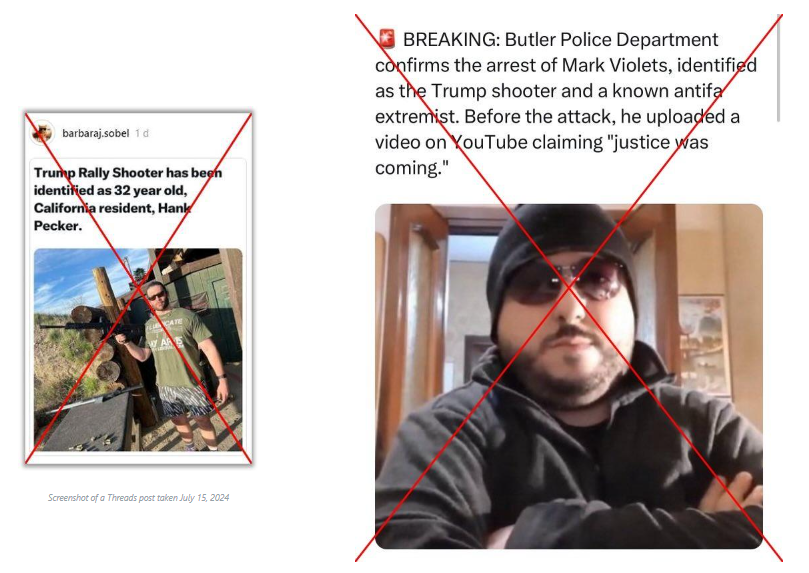
‘Absolutely false’
On the right, social media users shared a posts of Trump’s security detail moving individuals away from the stage as proof of the unfounded claim that the assassination attempt was an “inside job.”
A digitally altered image shows Trump’s security detail grinning as they hurry the former president off stage, but a reverse image search found the original photo showing the guards not smiling.
Further accelerating the spread of misinformation, analysts say, many tech platforms recently scaled back content moderation.
Amid a deluge of posts, it proves misinformation can go viral faster than ever.
Social media mislabeled content, misleading headlines to filter into our feeds. We must slow down, breathe, verify before sharing anything we see.
For all the Social Media Buffs
Misinformation refers to false or inaccurate information that is unintentionally spread. It can occur due to misunderstandings, misinterpretations, or errors. Misinformation is often shared innocently, without malicious intent.
Examples of misinformation include:
Outdated Information: Sharing facts that were once true but have since changed.
Rumors: Spreading unverified stories or claims.
Mistaken Identity: Incorrectly attributing an event or statement to the wrong person.
Read our latest article on media literacy 4 quick things about misinformation.




